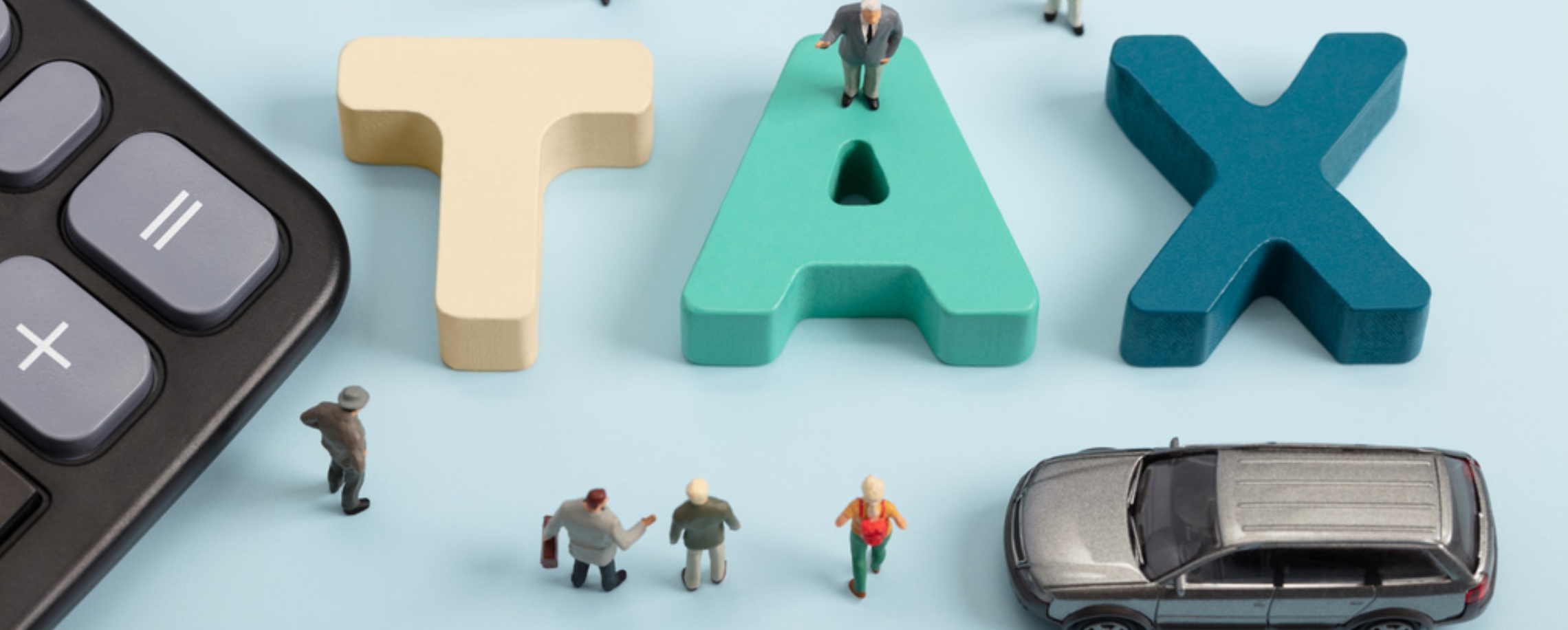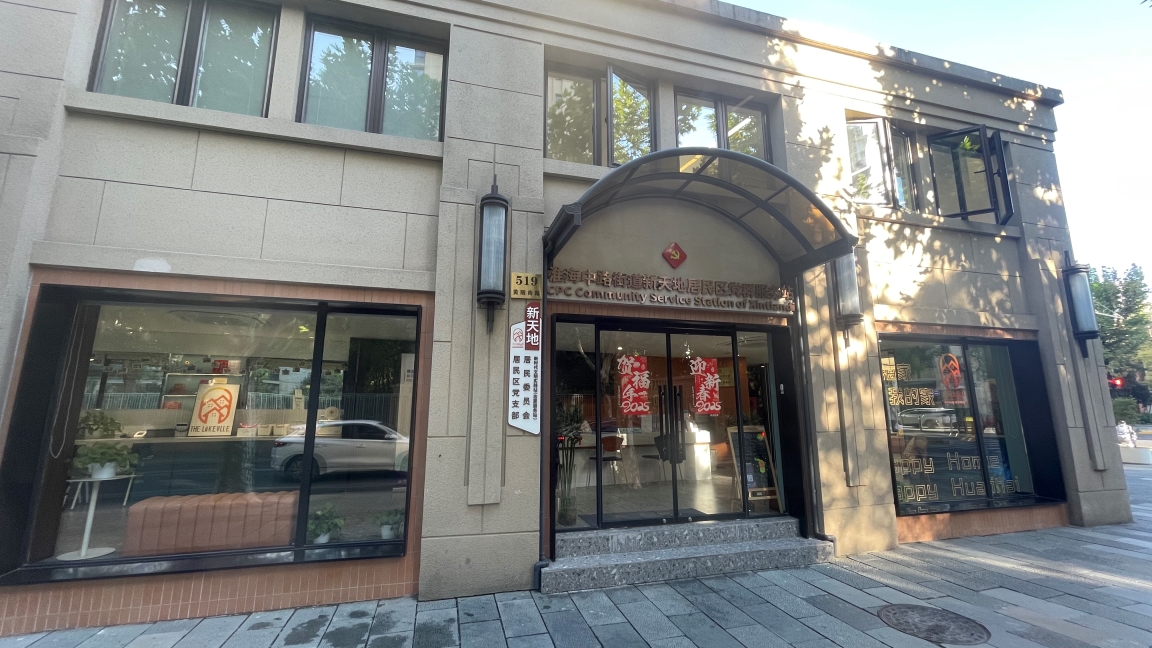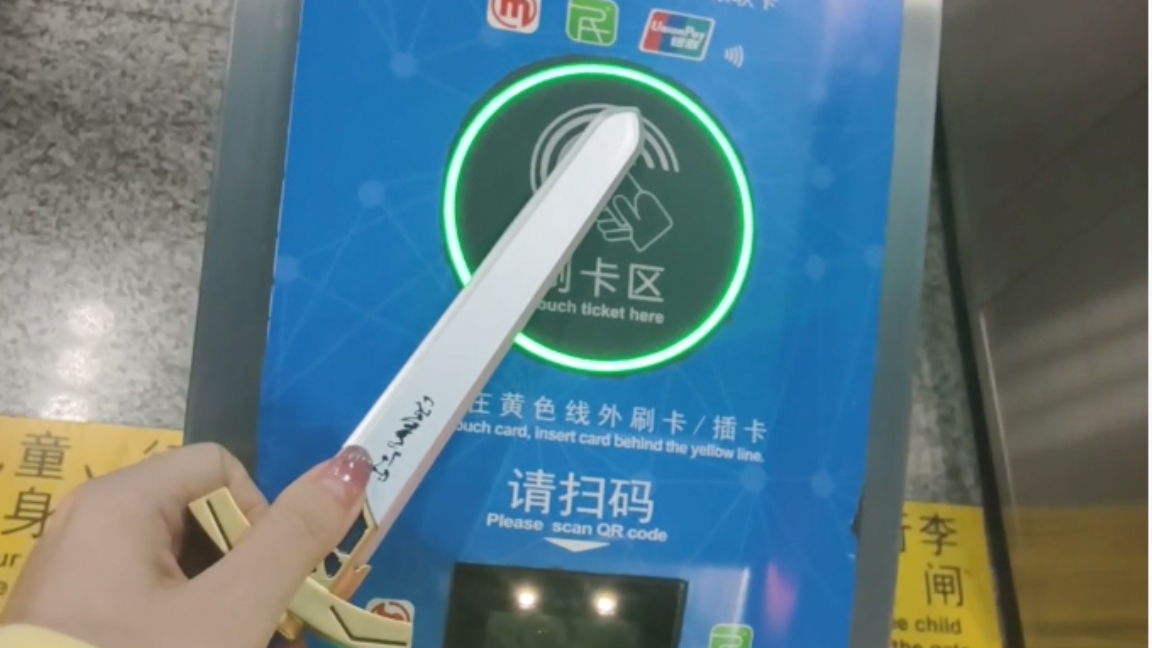Electric Car Buyers Face Choices as China Reduces Tax Break
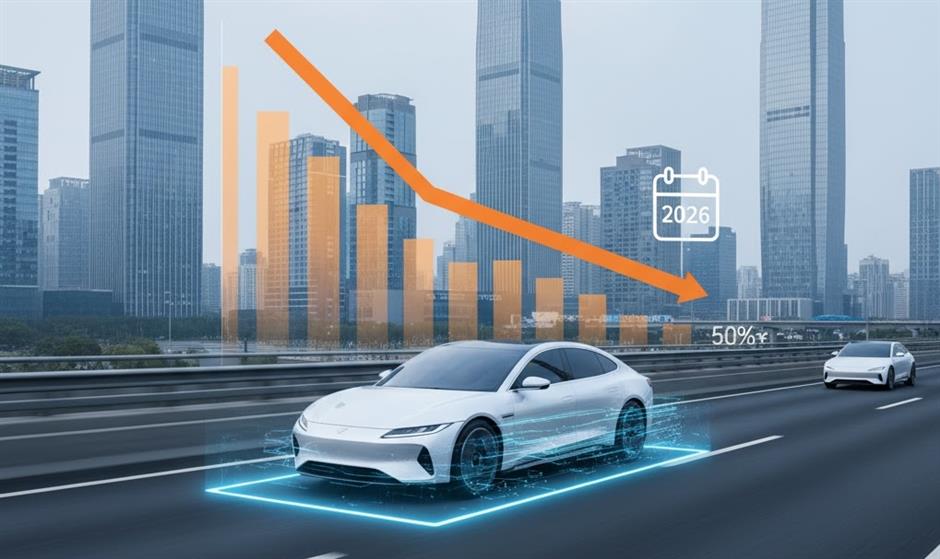
Su Jiayi is planning to buy a new electric SUV for his family, but he knows he has to be quick because the government is beginning to phase out its tax break on purchases of new-energy vehicles.
Come January 1, the full exemption from the 10 percent sales tax will be reduced to 5 percent, with a maximum 15,000-yuan (US$2,113) cap per vehicle. The tax exemption will be ditched entirely by 2028 under the nation's 15th Five-Year Plan (2026-2030).
China first introduced the tax break for new-energy vehicles 11 years ago to drum up consumer support for the then fledgling industry. But electric cars have come of age amid widespread popularity, and the government is now shifting its focus to promoting higher-quality production and eliminating outdated factory capacity.
So where does this leave car buyers like Su?
"The quick calculation method is the vehicle's invoice price divided by 11.3," said an Li Auto saleswoman, who identified herself only as Liu. "Taking the purchase of a new-energy vehicle with an invoice price of 300,000 yuan as an example, the required purchase tax would be 5 percent, or 13,300 yuan. And for those over 300,000 yuan, it would be a 10 percent purchase fee with a deduction of 15,000 yuan."
Carmakers are trying to take advantage of the waning days of the tax-free period by offering to cover the sales tax differential for consumers who now order some models that won't be delivered until the new year.
"For example, Nio told me that on orders for the its ES8 model made before the end of the year, I will receive a purchase-tax differential subsidy, with the maximum deduction of 15,000 yuan," said Su.
The reason behind car manufacturers introducing these subsidies is related to extended delivery times.
Taking the Xiaomi YU7 Pro as an example. The estimated delivery time for a locked-in order is 42 to 45 weeks, and the purchase tax due for the model is about 12,000 yuan. Xiaomi said consumers who complete their orders before the end of November can enjoy the cross-year differential tax subsidy.
Li Auto also said it will offer the tax differential subsidy for its i6 model, even though buyers placing orders now won't not take delivery until February.
"If the extra tax bite is not covered for 2026 deliveries, consumers will turn to models that can be delivered sooner, and orders will be lost," said Su.
Offering to cover the tax increase from their own pockets, at least temporarily, hasn't stopped carmakers from releasing new car models. Usually September and October are the peak season for car sales, and this year has been among the busiest.
In September, more than 70 new auto models entered the mainland market, doubling the number a year earlier. In the final week alone, over 30 models were launched, announced or opened for pre-sale. Although no data has yet been released for October, at least 10 new models were launched by the middle of the month.
The China Association of Automobile Manufacturers said vehicle production rose 17 percent to 3.3 million and sales increased 15 percent to 3.2 million in September. It was the first time monthly auto production and sales exceeded 3 million units.
Electric cars and plug-in hybrids accounted for about 58 percent of total vehicle sales in China in September, investment bank JP Morgan noted, predicting that the reduction in the sales tax exemption may contribute to flat vehicle sales in China next year after a six-year boom. The bank said sales will depend upon whether China continues to include cars in a separate subsidy program for trade-in products.
While car buyers like Su decide how to react to the reduced vehicle tax exemption, the government has its eye on a broader approach to the car industry.
"By reducing policy support, the government is effectively forcing carmakers to research and develop advanced technologies, avoid low-level repetitive competition and promote quality development of the industry," said Chen Shihua, deputy secretary-general of the car manufacturers' association.
But Chen urged a careful phase-out of the tax exemption to avoid major disruption in the world's largest auto market.
"For example, if we adopt an exemption of 3 percent in 2026 and then 7 percent in 2027, the market may respond better," said Chen. "The current industry is still facing multiple challenges, such as undiminished risk of price wars and the pressure of excessive inventory."
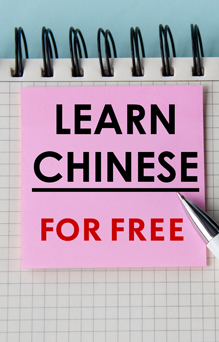
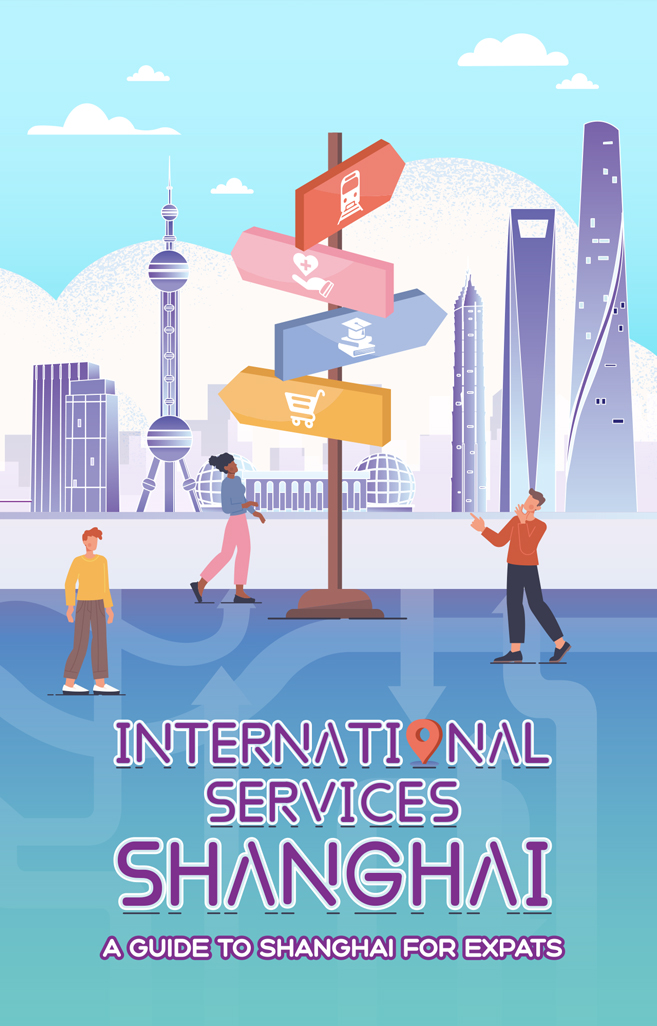


In Case You Missed It...


![[First in Shanghai] Tradition Reborn, Futures Imagined in Shanghai's Latest Landmark Openings](https://obj.shine.cn/files/2025/10/21/8ec623dd-7e34-429a-805d-75886e1e16d7_0.png)


